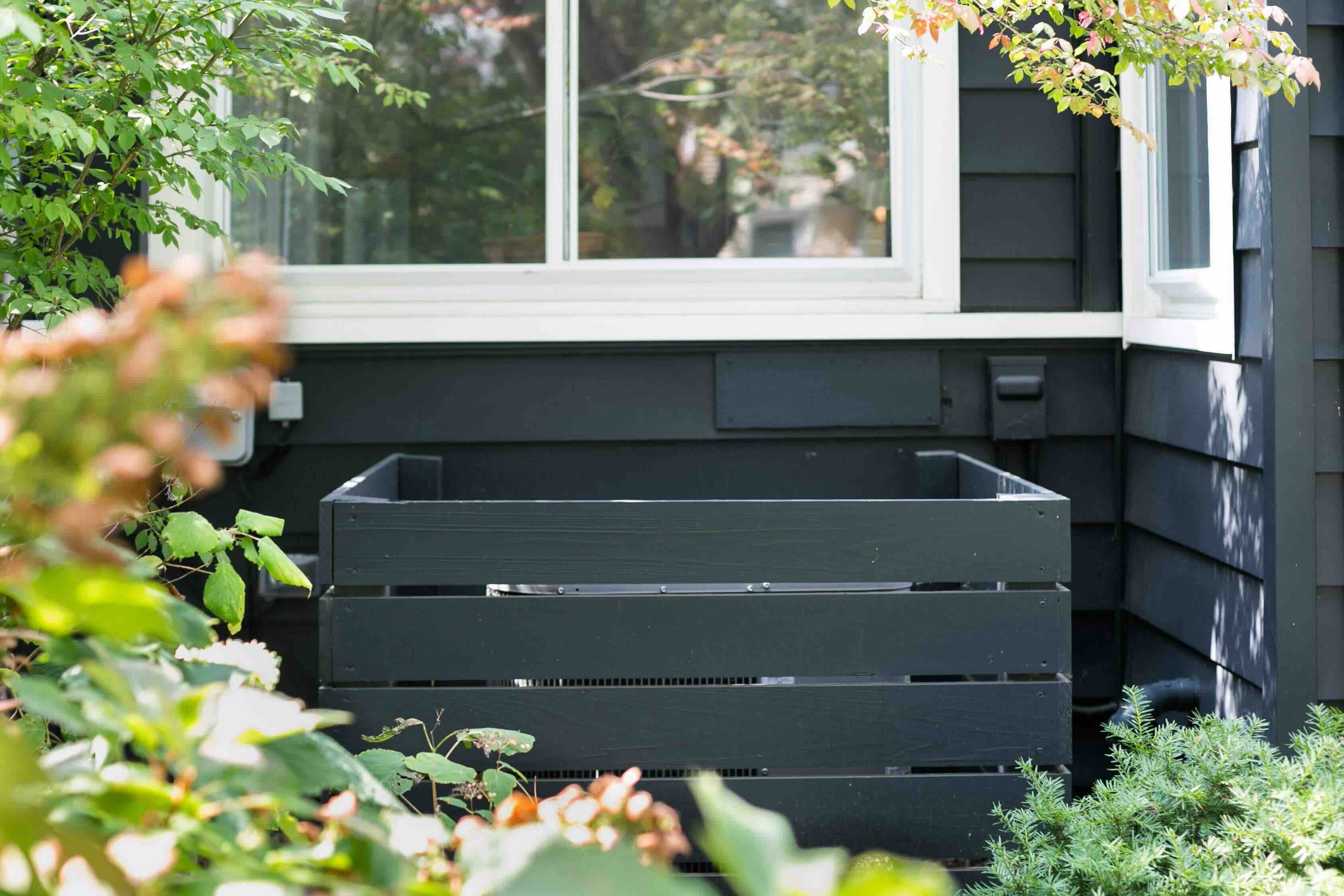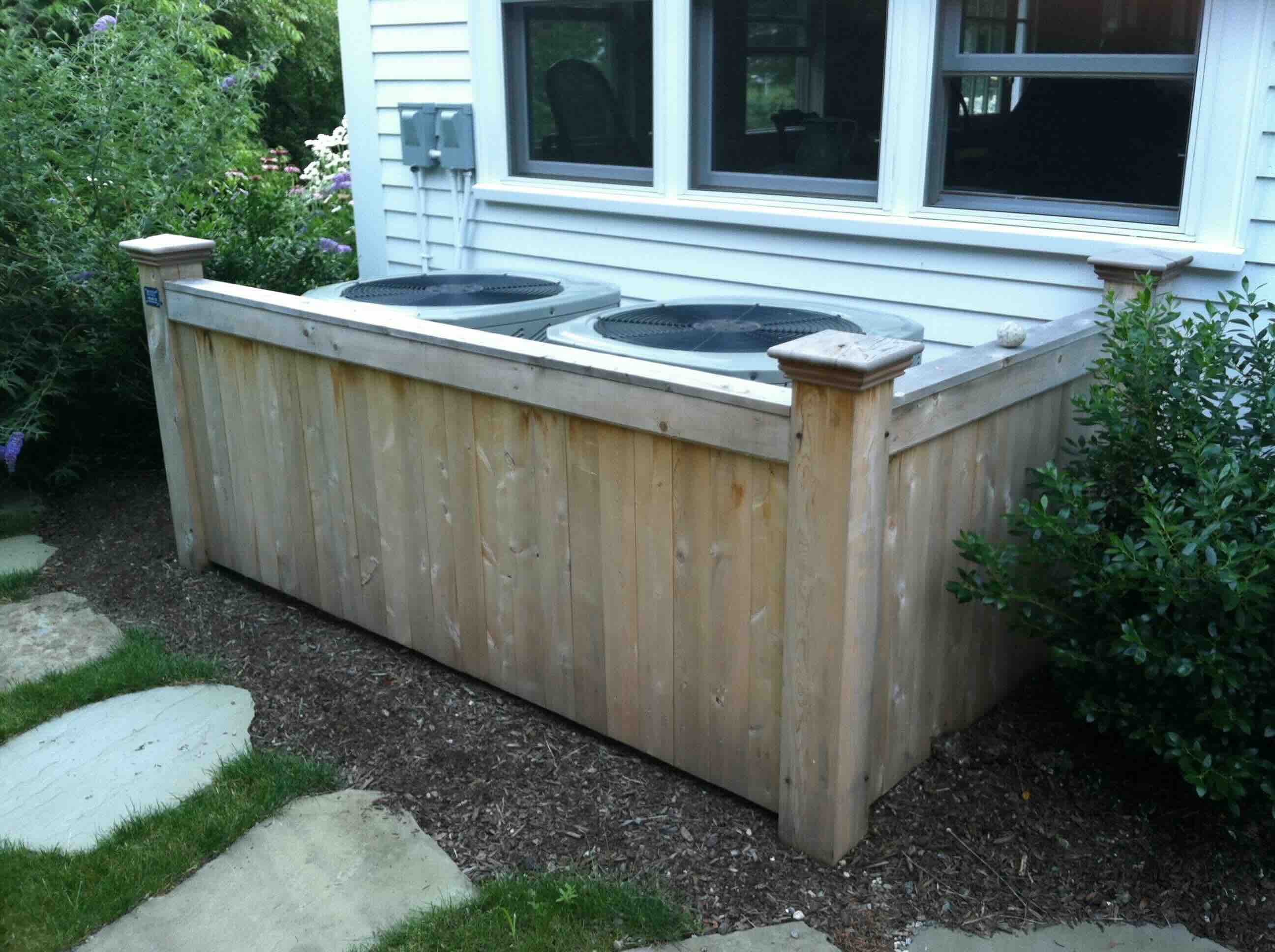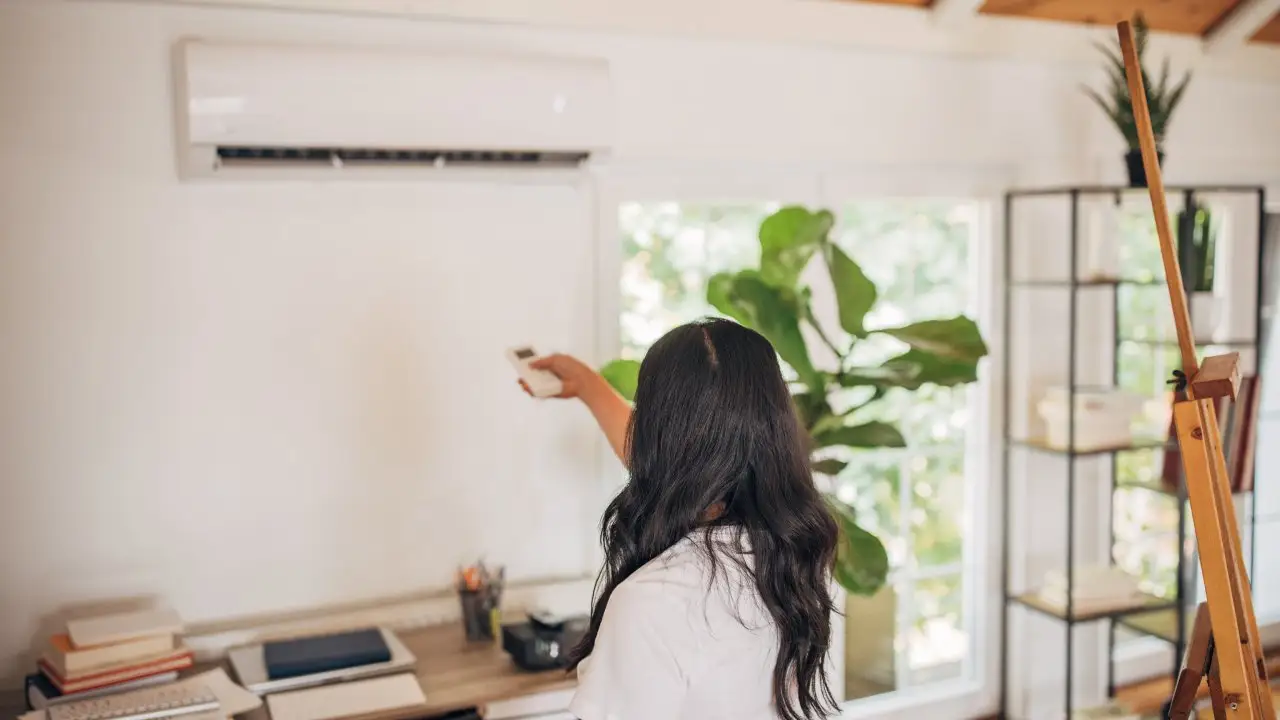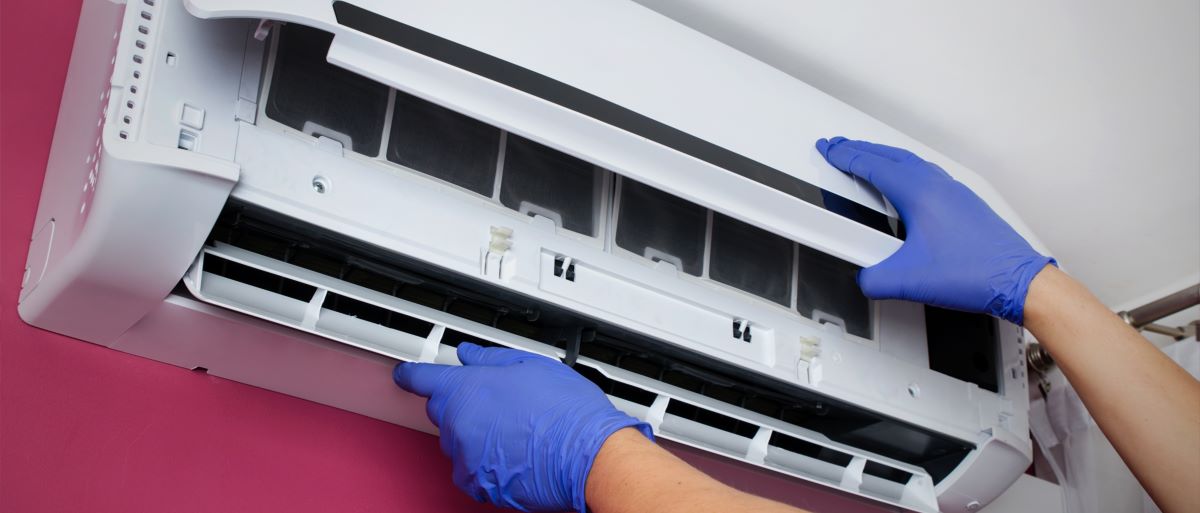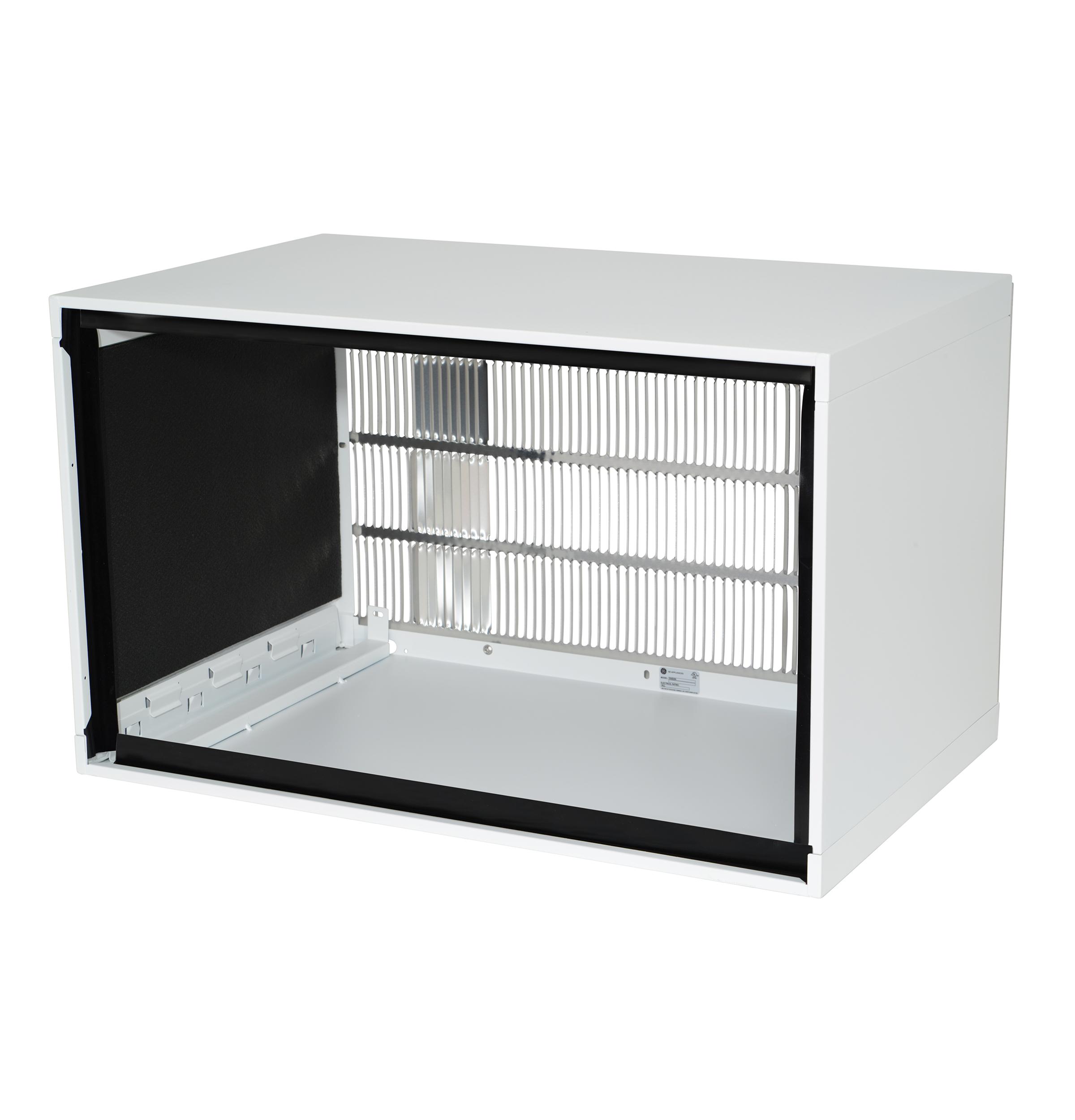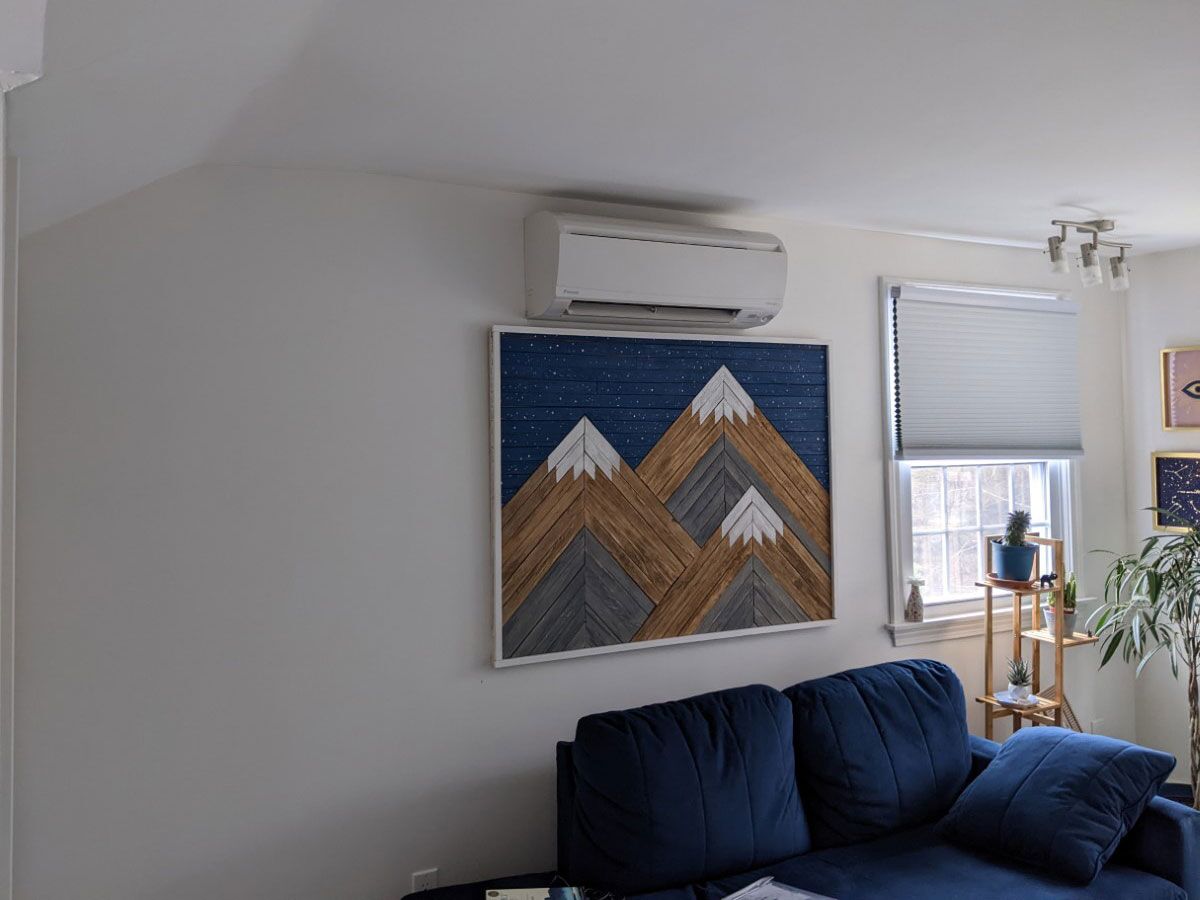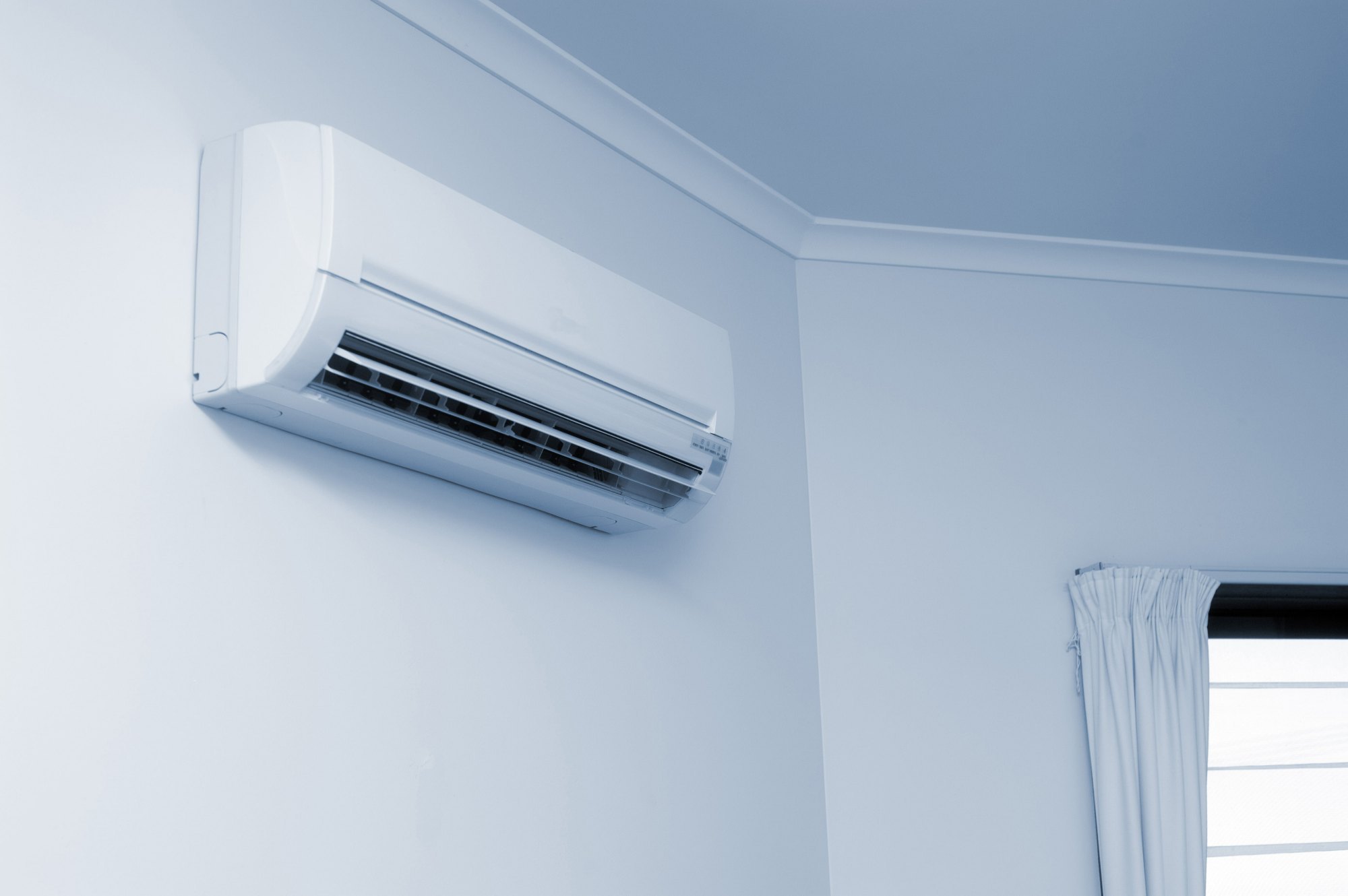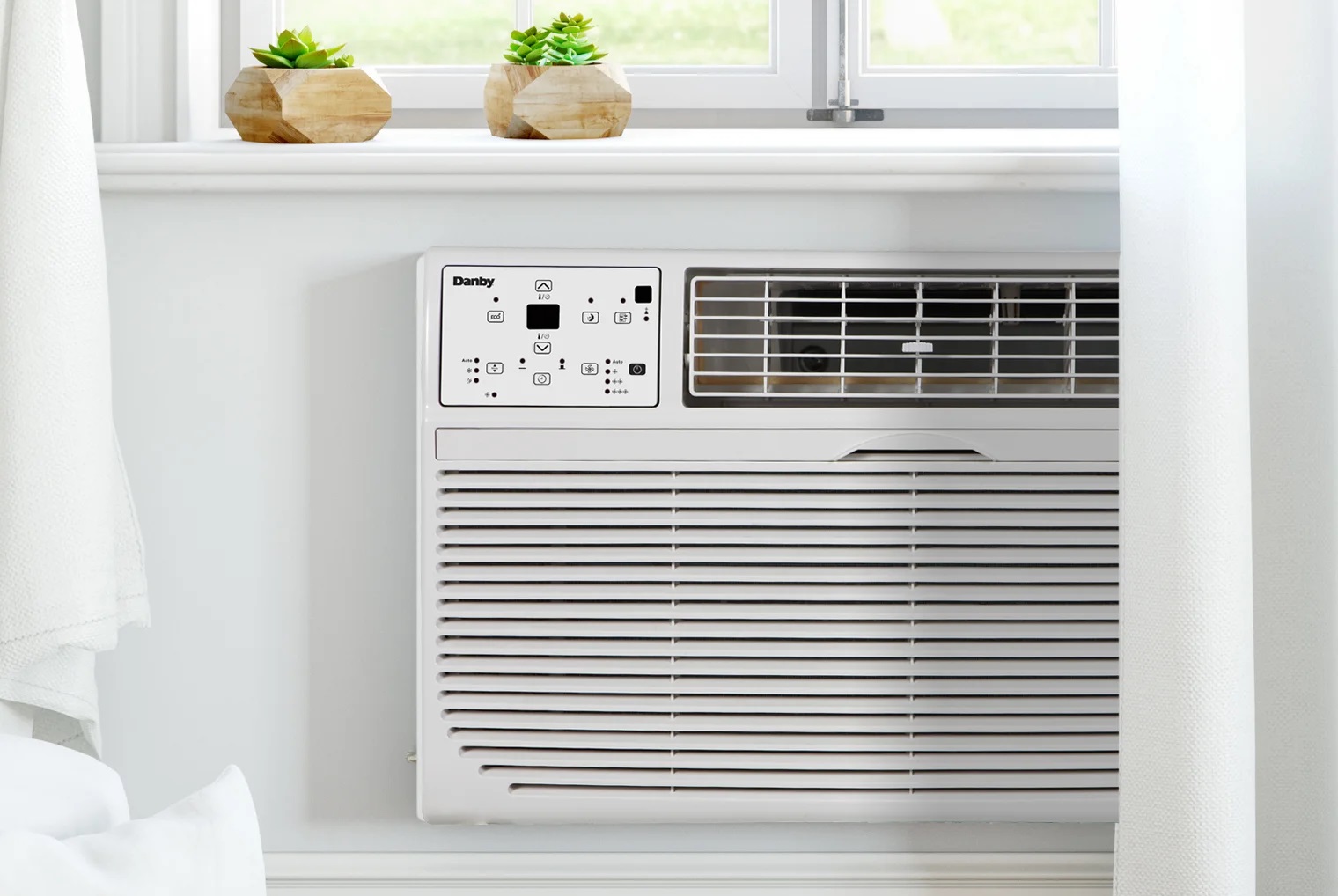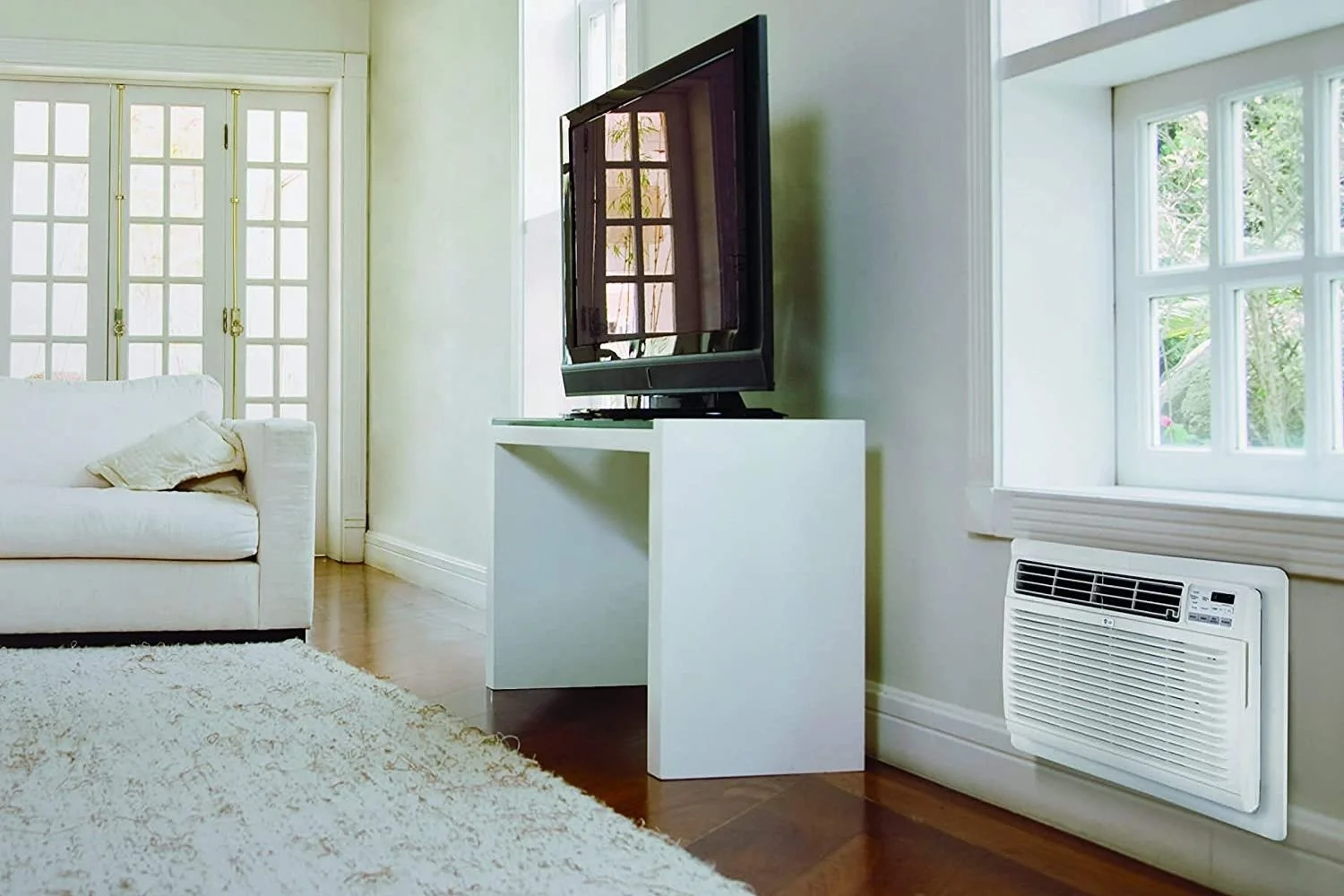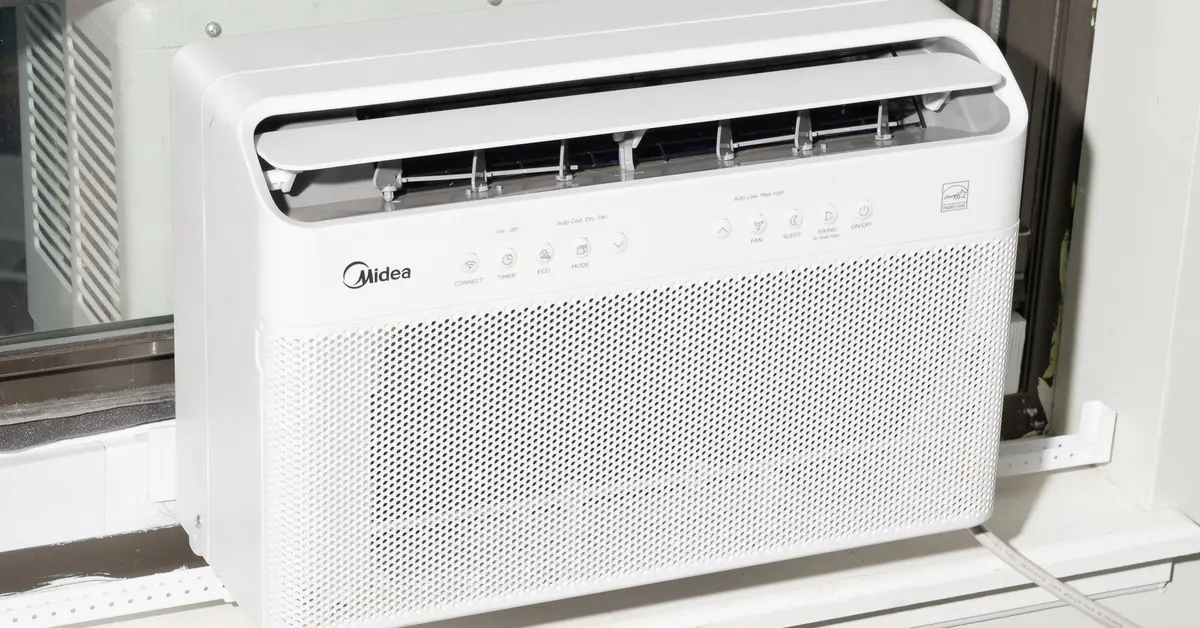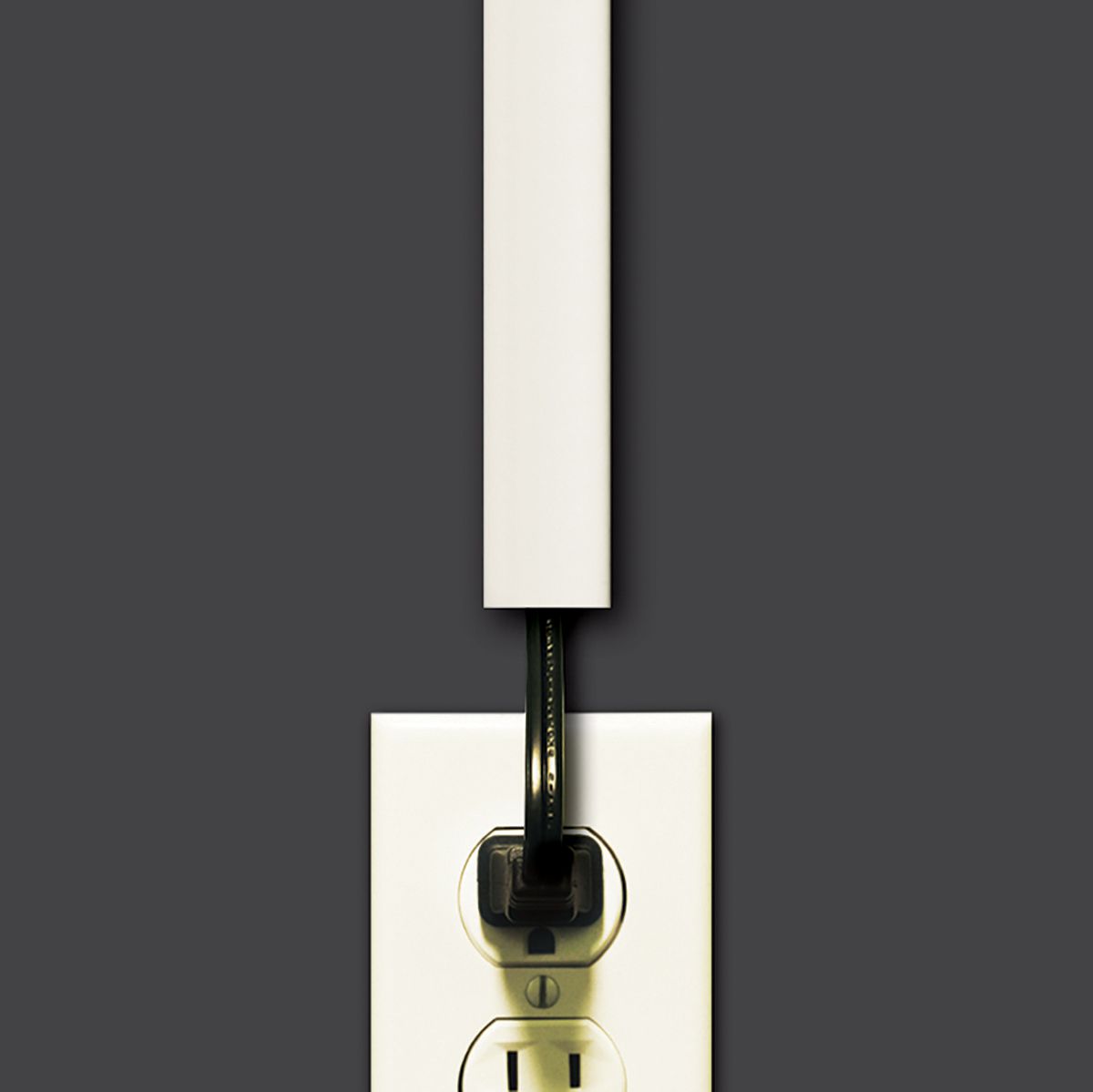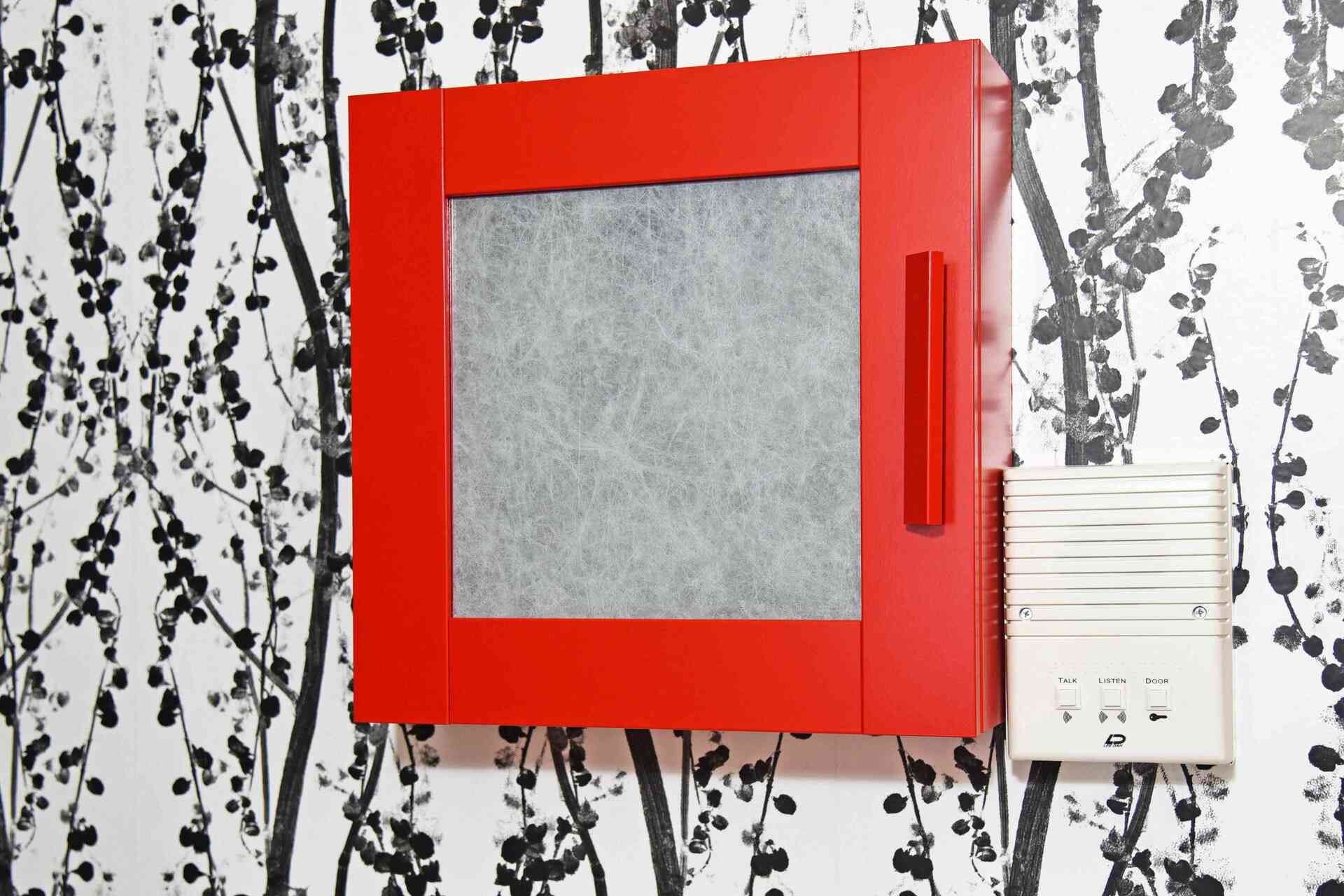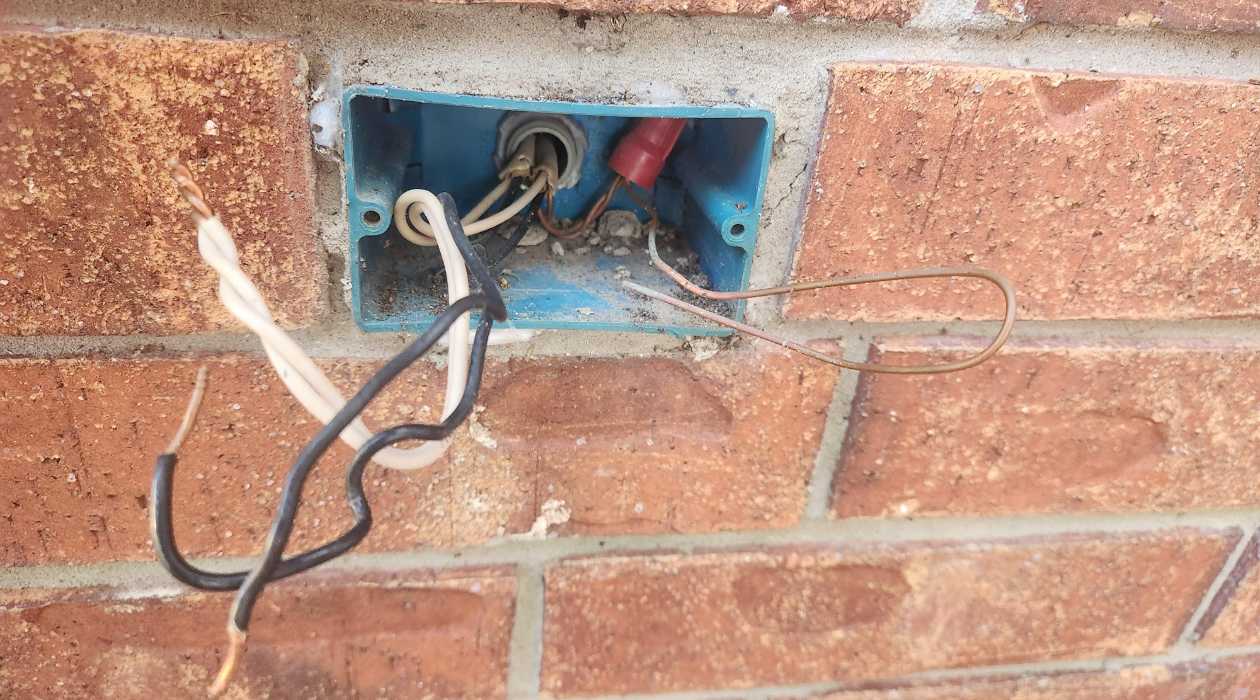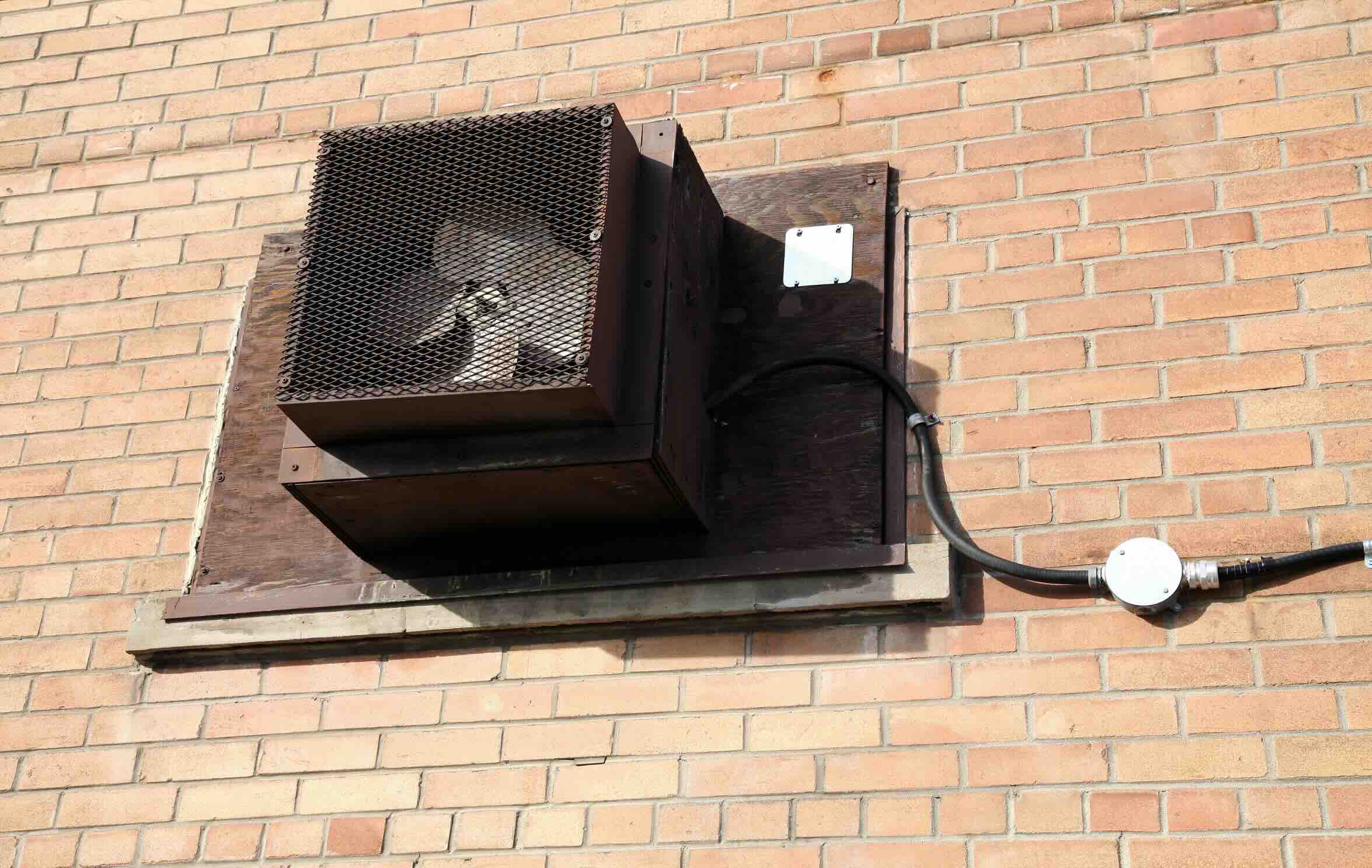Home>Home Maintenance>How To Hide A Wall Air Conditioner
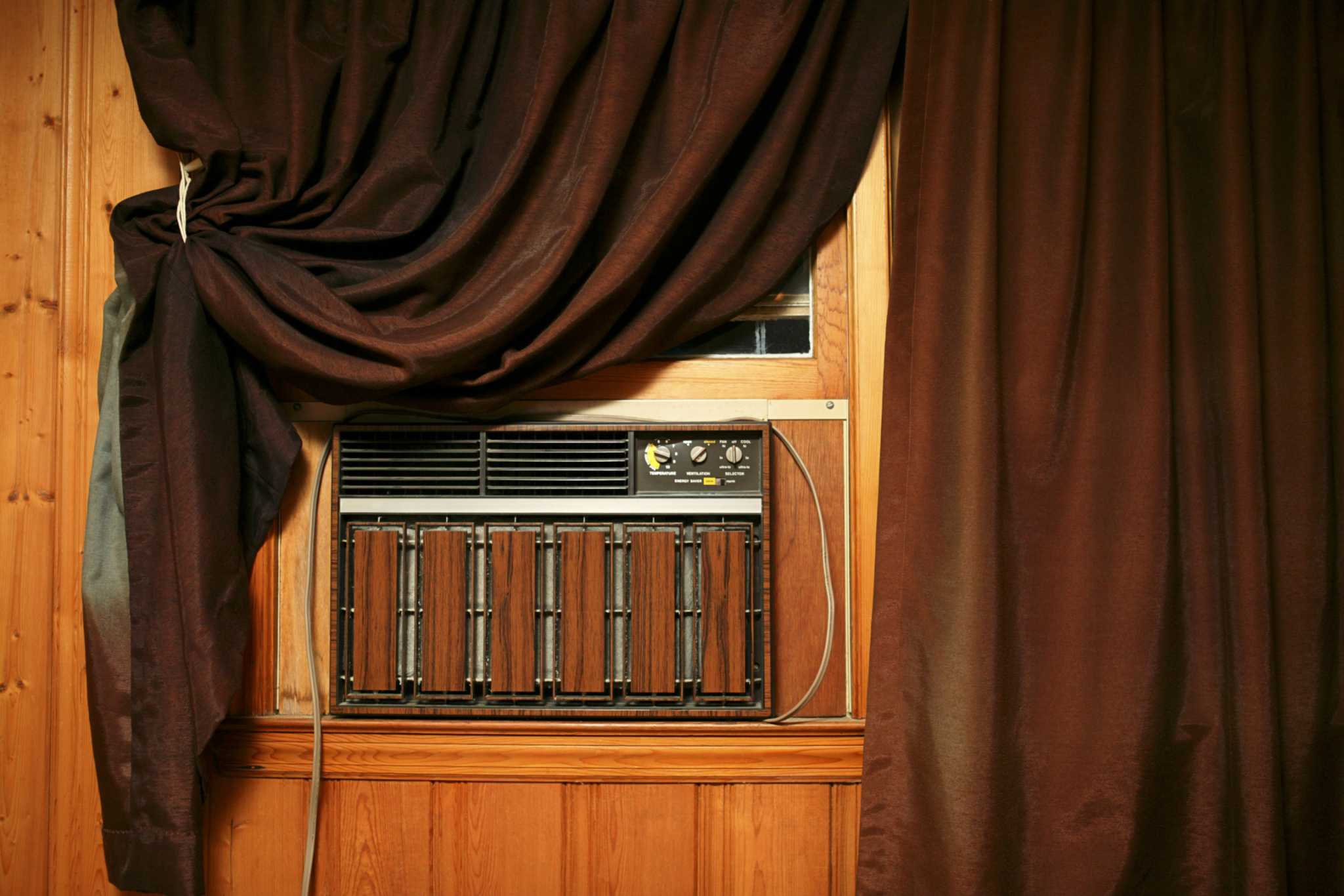

Home Maintenance
How To Hide A Wall Air Conditioner
Modified: March 7, 2024
Learn how to hide a wall air conditioner with these simple home maintenance tips. Create a seamless and aesthetically pleasing look in your space.
(Many of the links in this article redirect to a specific reviewed product. Your purchase of these products through affiliate links helps to generate commission for Storables.com, at no extra cost. Learn more)
Introduction
Welcome to the comprehensive guide on how to hide a wall air conditioner! Wall air conditioners provide much-needed relief during hot summer months, but they can be an eyesore in your home. Luckily, there are several creative and practical solutions to conceal these units and maintain the aesthetic appeal of your space. Whether you prefer a DIY approach or want to explore professional options, this article will provide you with step-by-step instructions and expert tips to effectively hide your wall air conditioner.
Before we dive into the various methods, it’s essential to understand that proper maintenance and ventilation of your air conditioner should never be compromised. Make sure to consult the manufacturer’s instructions and guidelines to ensure that the unit is functioning optimally and safely. Additionally, check with your local building codes and regulations to ensure compliance with any necessary permits or modifications.
Now, let’s get started with the first step: gathering the necessary tools and materials.
Key Takeaways:
- You can hide a wall air conditioner using DIY methods like installing a decorative cover, using curtains, or creating a custom shelf. Just make sure to prioritize safety and proper maintenance of the unit.
- If DIY isn’t your thing, consider hiring professionals for advanced solutions like custom enclosures or ducted air conditioning systems. Research and compare options to find the best fit for your home.
Step 1: Gather the necessary tools and materials
Before you begin the process of hiding your wall air conditioner, it’s important to gather all the necessary tools and materials. Having everything ready will make the process smoother and more efficient. Here’s a list of items you may need:
- Measuring tape
- Screwdriver or drill
- Cover or cabinet (if desired)
- Curtains or blinds (if desired)
- Built-in shelf or cabinet materials (if desired)
- Paint or wallpaper (if desired)
- Level
- Masking tape
- Spackle
- Sandpaper
- Primer
- Paintbrush or roller
These tools and materials will vary depending on the specific method you choose to hide your wall air conditioner. It’s important to assess the condition of your wall, the size and placement of the air conditioner, and your personal preferences before making any purchases.
Once you have gathered all the necessary items, you’re ready to move on to the next step: preparing the area around the air conditioner.
Step 2: Prepare the area around the air conditioner
Before you can start hiding your wall air conditioner, it’s important to properly prepare the area around it. This step ensures that the surface is clean, smooth, and ready for any modifications or installations. Here’s a step-by-step guide on how to prepare the area:
- Start by turning off the power to the air conditioner. It’s crucial for your safety and to avoid any accidental damage during the process.
- Carefully remove the front cover of the air conditioner. Refer to the manufacturer’s instructions if you’re unsure about the specific removal process.
- Inspect the area around the air conditioner for any damage or irregularities. If there are any cracks or holes in the wall, use spackle to fill them. Allow the spackle to dry completely before proceeding.
- Smooth out the spackled areas with sandpaper, ensuring a seamless and even finish.
- Apply a layer of primer to the prepared wall surface. This step is especially important if you plan on painting or wallpapering the wall.
- Use masking tape to protect any adjacent surfaces or areas that you don’t want to get paint or primer on.
- Once the primer has dried, you’re ready to move on to the next step.
Preparing the area around the air conditioner ensures a clean canvas for the next steps. It also helps to create a polished and professional finish once your chosen method of hiding the unit is complete.
Now that you have prepared the area, it’s time to install a decorative cover or cabinet, which we’ll explain in the next step.
Step 3: Install a decorative cover or cabinet
One of the most popular and straightforward methods to hide a wall air conditioner is by installing a decorative cover or cabinet. This not only conceals the unit but also adds a stylish touch to your space. Follow these steps to install a decorative cover or cabinet:
- Measure the dimensions of your air conditioner to ensure that the cover or cabinet will fit correctly. Take accurate measurements of the width, height, and depth of the unit.
- Choose a cover or cabinet that matches your home’s décor. There are various options available, such as wooden covers, metal cabinets, or even custom-made options. Consider factors such as durability, ventilation, and easy access for maintenance when making your selection.
- Follow the manufacturer’s instructions to assemble the cover or cabinet. Make sure to use the provided hardware and follow the correct steps.
- Position the assembled cover or cabinet against the wall, ensuring that it aligns properly with the air conditioner. Use a level to check if it’s straight and adjust as necessary.
- Secure the cover or cabinet to the wall using the recommended screws or mounting brackets. Double-check the stability and make any necessary adjustments.
- Once the cover or cabinet is securely in place, take a step back to admire your concealed air conditioner. You can further enhance the appearance by adding decorative elements like plants, artwork, or shelving around it.
Installing a decorative cover or cabinet not only hides your wall air conditioner but also adds a touch of style to your space. It allows you to seamlessly incorporate the unit into your home’s décor while still maintaining easy access for maintenance or repairs.
If a cover or cabinet is not your preferred option, don’t worry. We’ll explore other methods of hiding wall air conditioners in the following steps.
Step 4: Conceal the air conditioner with curtains or blinds
If you’re looking for a versatile and budget-friendly way to hide your wall air conditioner, consider using curtains or blinds. This method allows you to easily conceal the unit while also providing the flexibility to adjust the coverage as desired. Follow these steps to conceal the air conditioner with curtains or blinds:
- Measure the width and height of the air conditioner to determine the size of curtains or blinds you’ll need. It’s important to ensure that the chosen window treatment is wide enough to cover the entire unit.
- Select curtains or blinds that match your interior design style and complement the room’s color scheme. Choose materials that are suitable for the space, considering factors like durability, sunlight resistance, and easy cleaning.
- Install a curtain rod or mount the blinds according to the manufacturer’s instructions. Make sure the rod or blinds are securely attached to the wall.
- Hang the curtains or mount the blinds on the rod or blinds track. Ensure that they extend beyond the width of the air conditioner and have enough length to fully cover it when closed.
- Test the functionality of the curtains or blinds by opening and closing them to verify that they effectively hide the air conditioner when desired. Adjust the positioning or length of the curtains if necessary.
- To further enhance the aesthetic appeal, consider using tiebacks or decorative elements to hold the curtains in place when the air conditioner is not in use.
Concealing the air conditioner with curtains or blinds offers a simple and flexible solution for hiding the unit. It allows you to maintain control over the visibility of the air conditioner while also enhancing the overall look of your space.
If you’re looking for more permanent and custom options, let’s move on to the next step: creating a custom built-in shelf or cabinet.
Consider using a decorative folding screen or a custom-built cabinet to conceal the wall air conditioner. This will not only hide the unit but also add a stylish touch to the room.
Read more: How To Hide A Portable Air Conditioner
Step 5: Create a custom built-in shelf or cabinet
If you’re looking for a more permanent and tailored solution to hide your wall air conditioner, creating a custom built-in shelf or cabinet can be an excellent option. This method allows you to seamlessly integrate the unit into your room’s design while maximizing storage space. Here’s how you can create a custom built-in shelf or cabinet:
- Measure the dimensions of your air conditioner, including its width, height, and depth. Use these measurements as a guide to design the built-in shelf or cabinet.
- Create a detailed plan or sketch of the built-in unit, considering factors such as the number of shelves, the height and width of each compartment, and any additional features like doors or trim.
- Using the plan as a reference, gather the necessary materials such as plywood, screws, nails, and hardware for doors or trim.
- Using your measurements and plan, cut the plywood to build the frame and shelves of the custom unit.
- Assemble the frame and shelves using screws or nails, ensuring a sturdy and secure structure.
- If desired, add doors to the cabinet using hinges and handles for easy access. This can help further conceal the air conditioner and provide a functional storage solution.
- Once the built-in shelf or cabinet is constructed, paint or stain it to match the room’s décor. Take your time to ensure an even finish and allow the paint or stain to dry completely.
- Position the custom unit against the wall, making sure it aligns correctly with the air conditioner. Use a level to ensure it is straight, and make any necessary adjustments.
- Secure the built-in shelf or cabinet to the wall using screws or brackets, ensuring stability and safety.
Creating a custom built-in shelf or cabinet offers a seamless and tailor-made solution for hiding your wall air conditioner. It not only conceals the unit but also provides functional storage space and enhances the overall aesthetic of your room.
If you’re not comfortable with DIY projects or prefer more advanced solutions, let’s move on to the next step: repainting or wallpapering the wall to blend in with the air conditioner.
Step 6: Repaint or wallpaper the wall to blend in with the air conditioner
If you’re looking to make your wall air conditioner blend seamlessly into the surrounding wall, repainting or wallpapering the wall is an effective way to achieve this. By matching the color or pattern of the wall with the air conditioner, you can create a cohesive and visually appealing look. Follow these steps to repaint or wallpaper the wall:
- Assess the current condition of the wall and determine if it needs any repairs or prep work before painting or wallpapering. Fill any cracks or holes in the wall using spackle and sand them smooth.
- If you’re repainting, choose a color that matches the existing wall or opt for a complementary shade. Test the paint color on a small patch of the wall to ensure it blends well with the surrounding area.
- If you’re wallpapering, select a pattern or texture that closely matches the wall’s design. Consider the scale of the pattern and how it will blend with the air conditioner. Ensure the wallpaper is durable and suitable for your space.
- Cover the air conditioner unit with plastic or use painter’s tape to protect it from any paint or wallpaper adhesive. Ensure it is completely covered, leaving only the wall exposed.
- If you’re repainting, apply a coat of primer to the wall to create a smooth surface for the paint. Allow the primer to dry completely.
- If you’re wallpapering, follow the manufacturer’s instructions to apply the wallpaper adhesive to the wall. Carefully align the wallpaper pattern and smooth out any air bubbles or wrinkles with a wallpaper brush or smoothing tool.
- Once the primer or wallpaper adhesive has dried, start painting or applying the wallpaper. Use even strokes or follow the instructions provided by the wallpaper manufacturer.
- Allow the paint or wallpaper to dry according to the recommended drying time. Apply additional coats if needed for better coverage.
- Once everything is dry, remove the plastic or painter’s tape from the air conditioner, and admire the seamless integration of the unit into the wall.
Repainting or wallpapering the wall to blend in with the air conditioner is an effective way to camouflage the unit and create a cohesive look. Whether you choose to repaint or wallpaper, this step allows you to incorporate the air conditioner into the room’s design and make it appear as a natural part of the wall.
If you’d prefer a more advanced solution or require professional assistance, let’s move on to the final step: considering hiring a professional for more advanced solutions.
Step 7: Consider hiring a professional for more advanced solutions
If you’re looking for a hassle-free and expert solution to hide your wall air conditioner or if you have specific requirements that require professional expertise, it’s worth considering hiring a professional for more advanced solutions. Professional assistance can ensure a seamless and professional outcome, especially if you’re not confident in your DIY skills or if you want to explore more sophisticated options. Here are some advanced solutions that professionals can offer:
- Custom Enclosure: Professionals can design and build a custom enclosure that fits seamlessly into your space, effectively concealing the air conditioner. These enclosures are created with materials that provide proper ventilation while maintaining a cohesive look with the surrounding décor.
- Ducted Air Conditioning System: A ducted air conditioning system allows for centralized cooling throughout your home. By installing ductwork and vents, the wall air conditioner can be hidden completely, with only the vents visible. This provides a sleek and uniform aesthetic across your entire space.
- Integrated Wall Paneling: Professionals can create integrated wall paneling that camouflages the air conditioner. This involves incorporating the unit into a decorative wall design, such as adding panels or trim that seamlessly blend with the surrounding architecture.
- Masonry Work: If you’re looking to completely hide the air conditioner, professionals can perform masonry work to create a built-in niche or alcove. This involves modifying the wall structure to recess the unit, providing a seamless and inconspicuous appearance.
Hiring a professional for more advanced solutions offers the advantage of their expertise, experience, and access to specialized tools and materials. They can assess your specific needs, provide tailored recommendations, and execute the project with precision and efficiency.
Remember to research reputable professionals, check their credentials, and review their previous work before making a decision. Consult with multiple contractors to gather quotes, compare their services, and ensure they understand your vision and requirements.
By considering professional assistance, you can achieve a high-quality and customized solution to hide your wall air conditioner, elevating both the functionality and aesthetics of your space.
With the completion of Step 7, you have now explored various methods to hide your wall air conditioner. Whether you choose a DIY approach or opt for professional assistance, you can effectively conceal the unit and maintain the visual appeal of your home. Choose the method that best suits your preferences, budget, and skill level, and enjoy a seamless and harmonious atmosphere in your living space.
Remember, proper maintenance of your air conditioner is crucial for its efficient operation. Regularly clean and service the unit as recommended by the manufacturer to ensure optimal performance and longevity.
Conclusion
Congratulations! You have reached the end of our comprehensive guide on how to hide a wall air conditioner. We have explored various methods, from simple DIY solutions to more advanced options that require professional assistance. By following these steps and considering your individual preferences and skill level, you can effectively conceal your wall air conditioner while maintaining the aesthetic appeal of your home.
Whether you choose to install a decorative cover or cabinet, use curtains or blinds, create a custom built-in shelf or cabinet, repaint or wallpaper the wall, or even explore more advanced solutions, the key is to find a method that suits your style and functionality needs. Remember, safety and proper maintenance of your air conditioner should always be a priority, so consult the manufacturer’s instructions and local regulations as needed.
We hope that this guide has provided you with the knowledge and inspiration to transform your space and hide your wall air conditioner in a seamless and visually appealing way. The decision is yours to make, based on your preferences, budget, and desired outcome.
Now it’s time to roll up your sleeves, gather your tools, and start implementing the method that best suits your needs. Whether you’re a DIY enthusiast or prefer to hire a professional, remember to take your time, follow the instructions carefully, and enjoy the process.
Thank you for joining us on this journey of concealing your wall air conditioner. We wish you all the best in creating a beautiful and comfortable home environment!
Frequently Asked Questions about How To Hide A Wall Air Conditioner
Was this page helpful?
At Storables.com, we guarantee accurate and reliable information. Our content, validated by Expert Board Contributors, is crafted following stringent Editorial Policies. We're committed to providing you with well-researched, expert-backed insights for all your informational needs.
